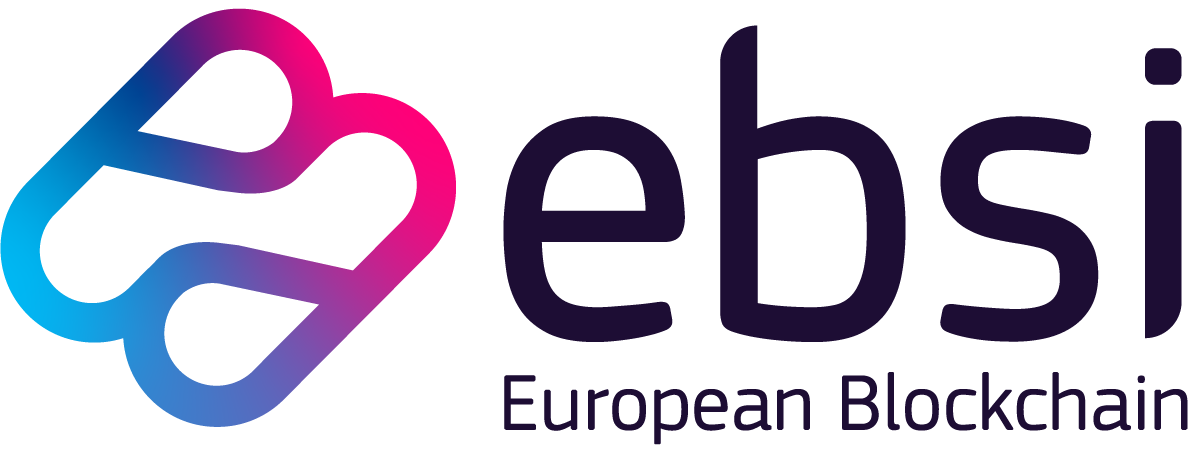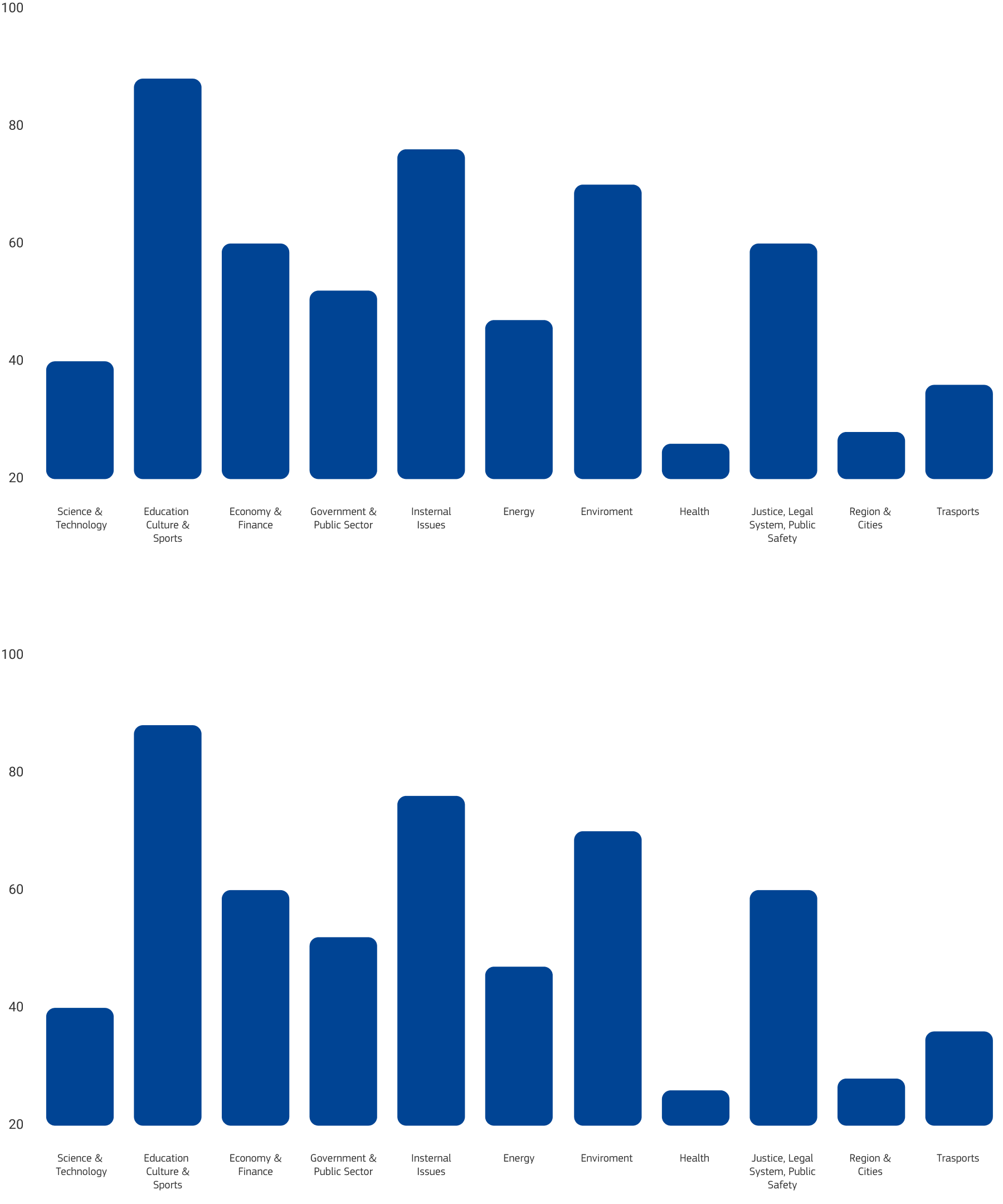EBSI Monitoring Dashboard
The EBSI Key Figures page provides an overview of the primary KPIs monitored to assess the performance, adoption, and reuse of the European Blockchain Services Infrastructure.
Last update March 2025Key figures
Overview
The Overview page presents the latest figures on the monitored KPIs for EBSI, offering a concise summary of current performance metrics. For a more in-depth analysis, detailed information is accessible through the "Learn More" buttons under each KPI or via the left menu.
Last update March 2025Adoption: Use cases
This section aims to identify and highlight relevant use cases that effectively demonstrate the potential and value of EBSI in addressing specific challenges and delivering tangible benefits. Additionally, this section will also measure the number of stakeholders using the network.
Adoption: Network
The successful adoption of EBSI depends on the creation of a robust network comprising participants and stakeholders. The network plays a pivotal role in enabling the implementation, scalability, and sustainability of EBSI across various sectors and countries. The indicators within this category assess the adoption of the EBSI network as well as its expansion, growth and utilisation.
Projects reusing EBSI
This indicator focuses on the Reuse monitoring, a process that identifies projects having an interest in reusing EBSI and traces their journey from discovery to implementation. Emphasising the global applicability of Digital Building Blocks, this indicator highlights their potential for reuse in various projects and initiatives worldwide.
The reported reuse statuses should be one of three predefined states, which together make up the reuse journey:
- Commitment to analyse: The project or Business Owner has made a commitment to analyse the possibility of reusing EBSI components or services.
- Commitment to reuse: The project or Business Owner has made a commitment to reuse EBSI components or services in their environment.
- Reuse: The project or Business Owner has finished implementing EBSI components or services. It has been implemented and is being used in routine operations.
Currently, EBSI is still in the pilot phase. Consequently, the report only encompasses transactions carried out within the pilot environment.
Transactions on the EBSI network
This indicator measures the number of transactions on the EBSI network per environment at the time of quarterly data collection. The baseline for this number is first data collection in Q4 2022 (1595 transactions).
There are three environments:
- Pilot: The initial testing and validation phase of EBSI in specific use cases or applications. This phase allows for experimentation, validation, and gathering of feedback from a smaller user base.
- Pre-production: Follows the pilot phase and involves a more extensive deployment of EBSI. In this stage, EBSI is implemented in a simulated or near-production environment to ensure compatibility, stability, and performance.
- Production: The final and operational phase of the EBSI deployment. At this stage, EBSI is deployed and used in a live and active environment with real users, transactions, and data. It is the full-scale implementation of the EBSI network, where participants interact, transactions are executed, and the system functions in a production-ready state.
Currently, EBSI is still in the pilot phase. Consequently, the report only encompasses transactions carried out within the pilot environment.
Trusted issuers in the EBSI network
This indicator measures the number of trusted issuers on the EBSI ledger in the pilot environment at the time of quarterly data collection.
Trusted issuers are legal entities authorised to issue certain types of credentials.
Visitors to EBSI Experience
This indicator measures the number of visitors to EBSI Experience Center Discovery sessions (interactive demos) at the time of quarterly data collection. The baseline for this number is the first data collection in Q1 2023 (40 visitors). The Directorate Generals (DGs) and EU institutions, bodies, and agencies (EUIBAs) that visited the EBSI Experience Center are also reflected.
Nodes operating the EBSI network
This indicator measures the number of compliant peer and validator nodes operating in the EBSI network per EU and EEA country associated to the programme at the time of quarterly data collection. The baseline for this number is the first data collection in Q4 2022 (3 peer nodes and 5 validator nodes).
There are two types of nodes:
- A Validator Node is an EBSI Node in charge of guaranteeing consensus of the network and the block generation. To do this, they run the consensus
- A Peer Node is an EBSI Node that participates in the EBSI network by replicating the blockchain, accepting blocks generated by Validator Nodes, and executing transactions included in blocks by Validator Nodes. Peer Nodes provide an EBSI network access to EBSI Application Service Providers.
Currently, EBSI is still in the pilot phase. Consequently, the report only encompasses nodes operating within the pilot environment.
Early Adopter projects/Pilots
This indicator measures the number of Organisations enrolled in the Early Adopter programme per EU and EEA country associated to the programme at the time of quarterly data collection. The baseline for this number is the first data collection in Q1 2023 (136 early adopters).


